Equinor wants bigger scale and fast processing for Norway's offshore wind
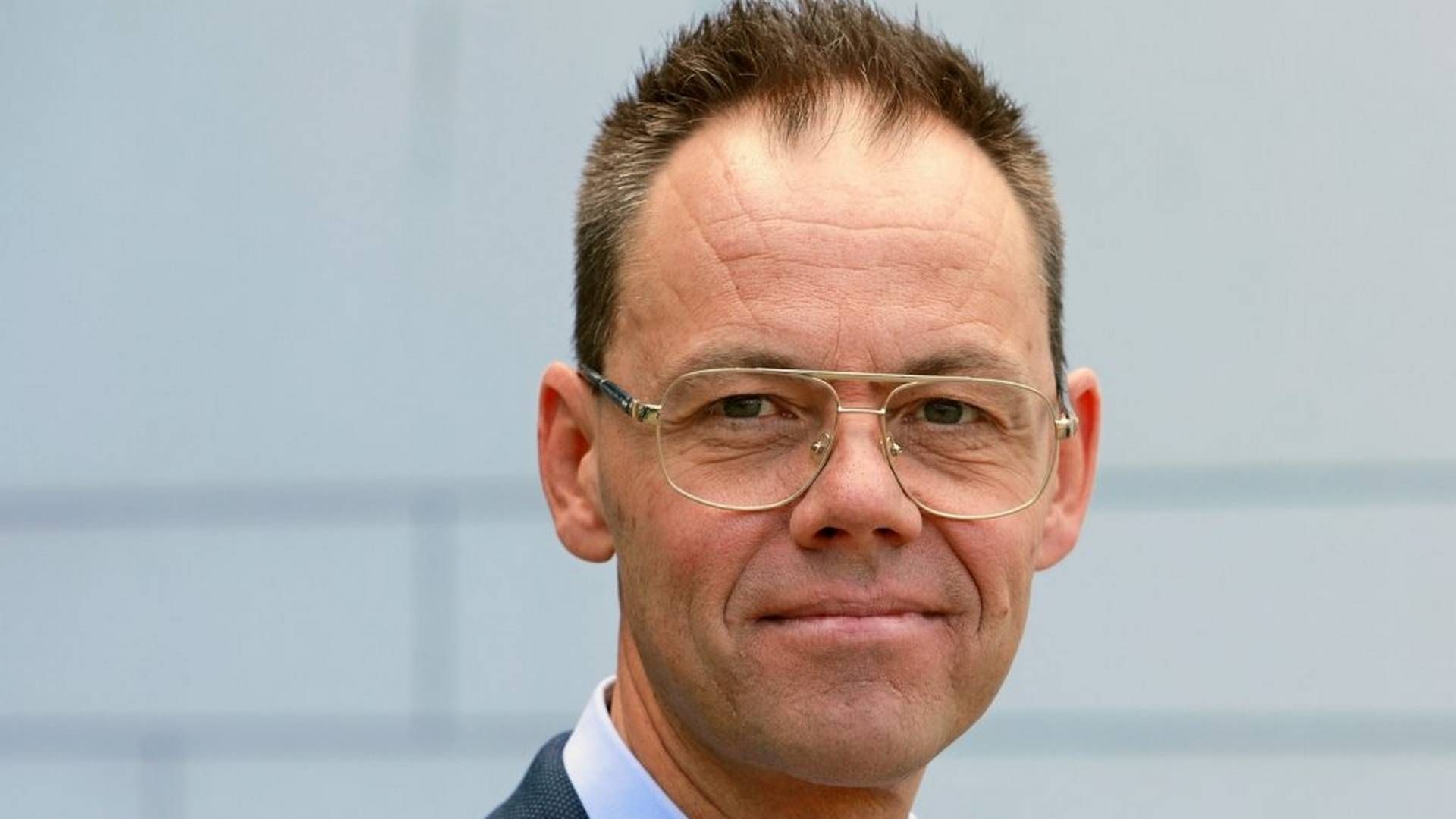
Earlier this week, EnergyWatch reported that the Norwegian Water and Energy Resources Directorate (NVE) has started to identify new offshore wind sites to follow the two already designated areas Utsira Nord and Sørlige Nordsjø II. NVE is seeking input on areas suited for floating or fixed-bottom installations.
These are needed because the 15 identified sites are neither sufficiently large nor numerous to facilitate Norway's ambitions for the energy technology.
"Would would have preferred to have seen the process move faster and with scaled-up potential," says Magnus Frantzen Eidsvold, renewable energy spokesperson at Equinor, to EnergyWatch.
He points out that the oil company launched an industrial strategy last year suggesting the way forward for Norway to expand its role as an energy-producing nation via investments in offshore wind, among other things.
"We think there's a viable basis for deciding to expand offshore wind on the Norwegian continental shelf to around 10GW by 2035," says Eidsvold.
That figure is less than the 15GW by the same year proposed by the Norwegian Wind Energy Association, however, that would in case require opening more well-suited areas. Equinor's industry plan, dubbed Norway Energy Hub, targets building 6.5GW fixed bottom and 3.5GW floating in domestic waters.
Reading through NVE's earlier offshore wind reports from 2010 and 2012 shows that four of the identified areas are best suited for floating wind, while the remaining 11 sites have sea depths shallow enough to host the fixed-bottom variety.
Only three areas for floating wind
Of the four areas marked for floating wind, Utsira Nord, able to host 1.5GW, is one that's already open. The next three are Stadthavet in the North Sea and Træna Vest and Frøyabanken in the Norwegian Sea.
This means one or two of the other areas must be made available if Equinor's aim to have installed 3.5GW of floating wind in 2035.
The three other floating wind areas are situated so far north that hooking them up to transnational interconnectors is unfeasible.
Small areas for fixed-bottom
Of the 11 areas suited for fixed-bottom installations, three are located in the Barents Sea, four in the Norwegian Sea, and four in the North Sea. Sørlige Nordsjø II is already open for 3GW, but only half that volume will be made available in the first phase.
Based on Equinor's industrial strategy, space for another 3.5GW must be provided to hit the 6.5GW target.
However, that could prove difficult. When NVE wrote in offshore wind reports, the oil company estimated the potential for these sites to be 195–310MW – the only exception being the opened areas Sørlige Nordsjø I and II, respectively suited for 1.568MW and 2.058GW.
These calculations, it should be noted, were made by factoring standard unit ratings of the time, with projections based on wind turbines of 5MW – machines that have since grown much larger and more powerful. Thus, Sørlige Nordsjø II is estimated as able to host 3GW, indicating that the potential is as much as 50 percent greater than projected in the documents from 2010 and 2020.
The potential for another 3.5GW fixed-bottom wind could still be tough to reach by only installing at the areas already identified, which is why new areas are necessary to support the national ambition.
It's also worth noting that Sørlige Nordsø I is the sole fixed-bottom area located so far south to potentially support direct power export to other countries. Unless new areas are opened beyond those already identified, the opportunity of direct Norwegian electricity export from offshore wind is very limited.
Norwegian offshore starting from scratch
For several years, offshore wind has been a major topic of discussion in Norwegian politics and in the public debate, but EnergyWatch’s assessment conducted on the basis of various reports from NVE and other expert groups shows that there is much work left before Norway's ambitions for wind at sea can come to fruition.
Equinor also emphasizes that Norway will have to ramp up efforts for to keep pace in the European offshore wind race.
”We see that the ambitions and concrete plans in other nations are a great deal further ahead,” says Eidsvold.
Nevertheless, he points out that although Norway is somewhat behind, the country has all the makings for moving quickly into a favorable position.
”We’re starting from scratch, but the potential for wind at sea along the Norwegian coast is vast. Norway has all the prerequisites for success. We already have a renewable energy sector. We have strong wind conditions. We have a world-class industry. And we’re geographically close to the European market,” notes Eidsvold.
Only two areas with export potential
However, proximity to the European electricity market depends on more sites being made available in the southern part of the North Sea. NVE acknowledged as much in the first report from 2010:
”In a scenario where the rest of Europe seeks to import energy from Norway, it could be advantageous to place wind turbines in areas that are as close to the continent and the UK as possible, meaning southern and central parts of the [Norwegian] North Sea,” wrote NVE in the 2010 report.
However, the authorities only identified two sites located far enough south to be capable of exporting power directly from the offshore wind farms. What will emerge from the new process that NVE will complete this year remains to be seen.
At Equinor, there is a feeling of impatience – and excitement – as to what the authorities will opt for in the future. At the same time, the company is quite excited about the Ministry of Petroleum and Energy awarding the task of identifying more offshore wind sites to NVE:
”We’re looking forward to the next step coming from the authorities. It’s also a good thing that NVE has been tasked with evaluating new areas and various grid solutions,” says Eidsvold.
Equinor taps partner for floating wind in Spain
Squeezed offshore wind sector demands new tender design
CIP to build two floating wind farms in Italy
Woodmac: The pipeline of offshore wind projects is booming
BNEF sees US offshore wind market accelerate from 2024
Ørsted acquires 80-percent stake in Scottish floating wind project
Related articles
Equinor taps partner for floating wind in Spain
For subscribers
Squeezed offshore wind sector demands new tender design
For subscribers
CIP to build two floating wind farms in Italy
For subscribers

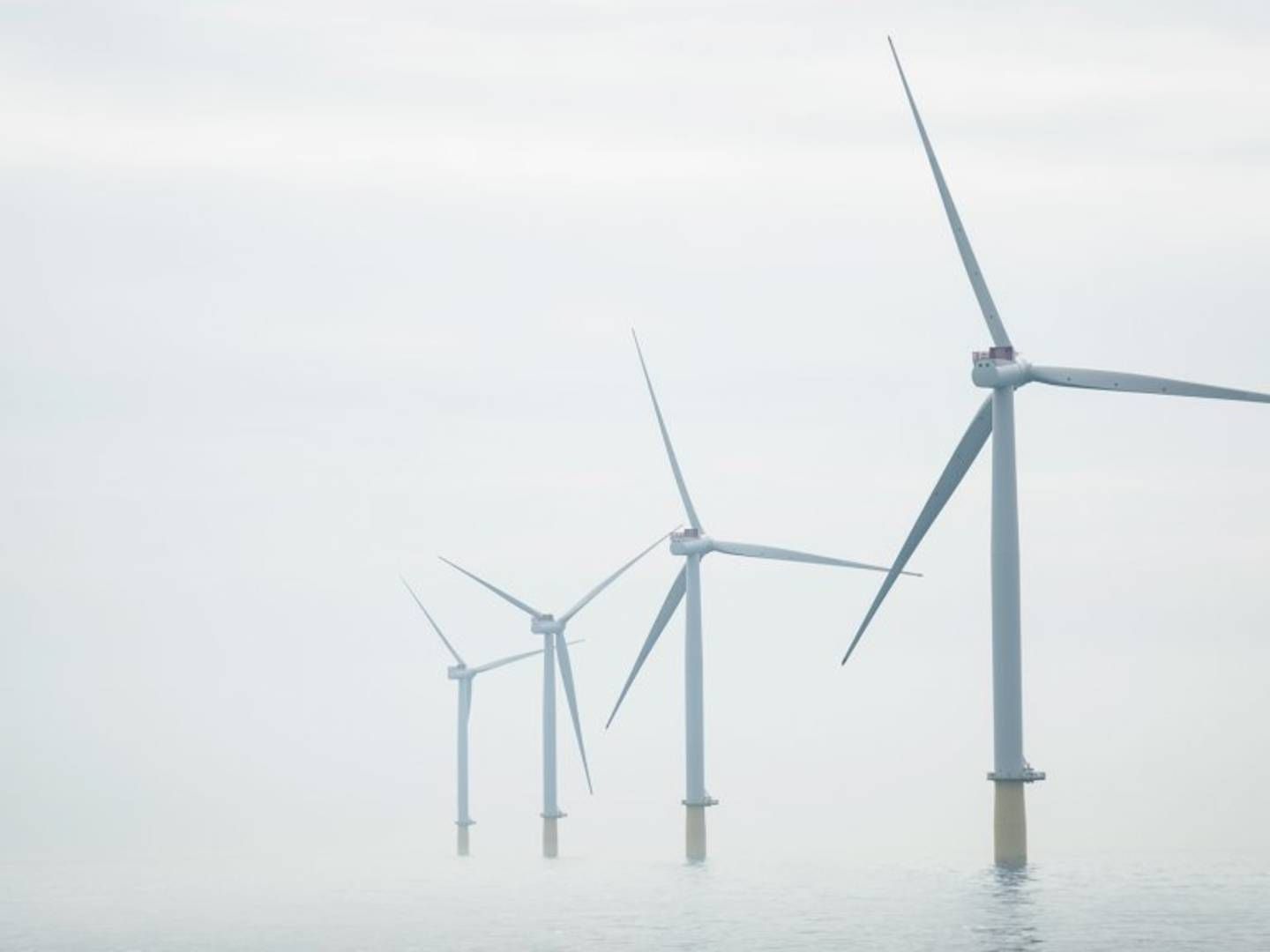
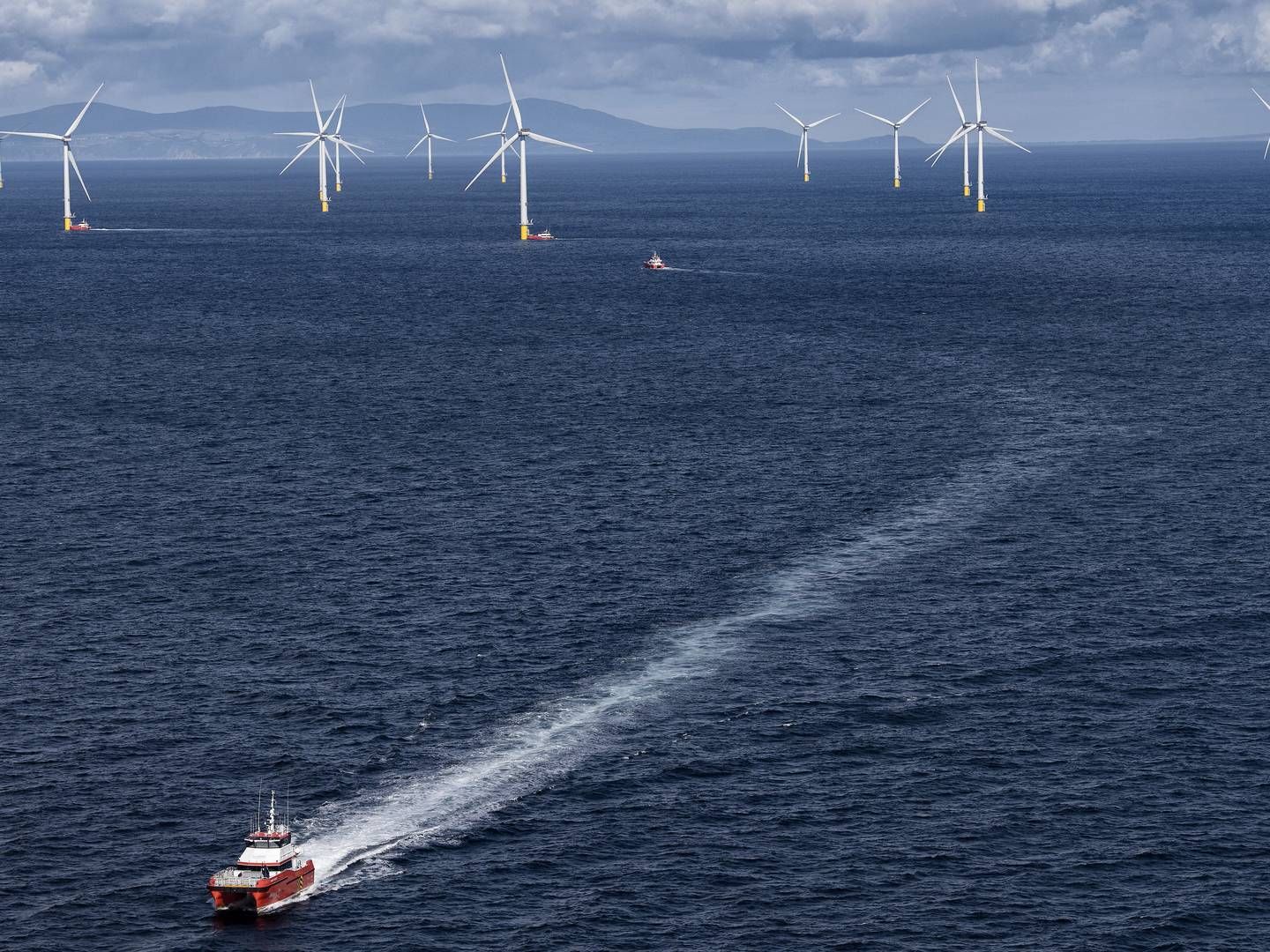
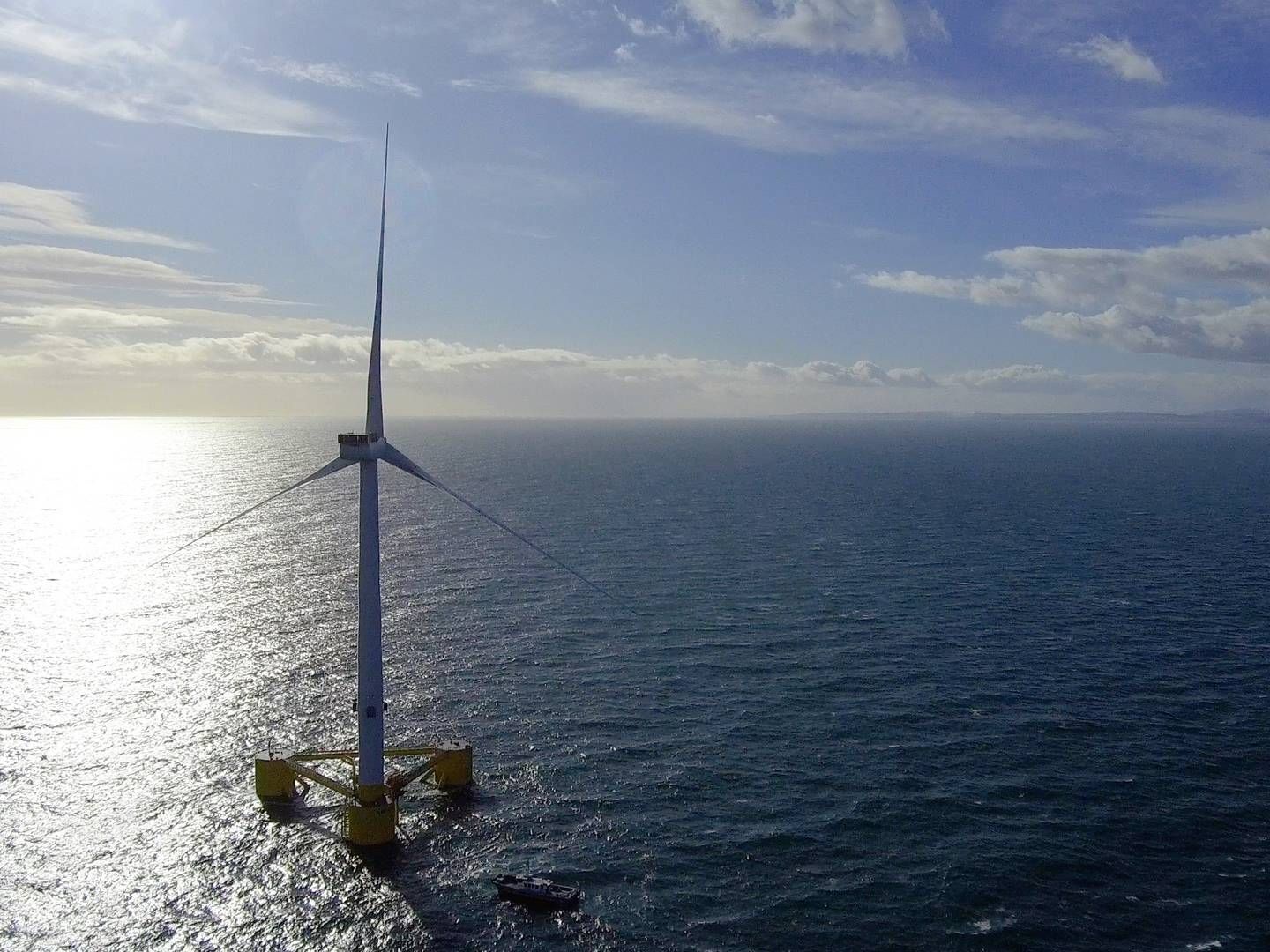














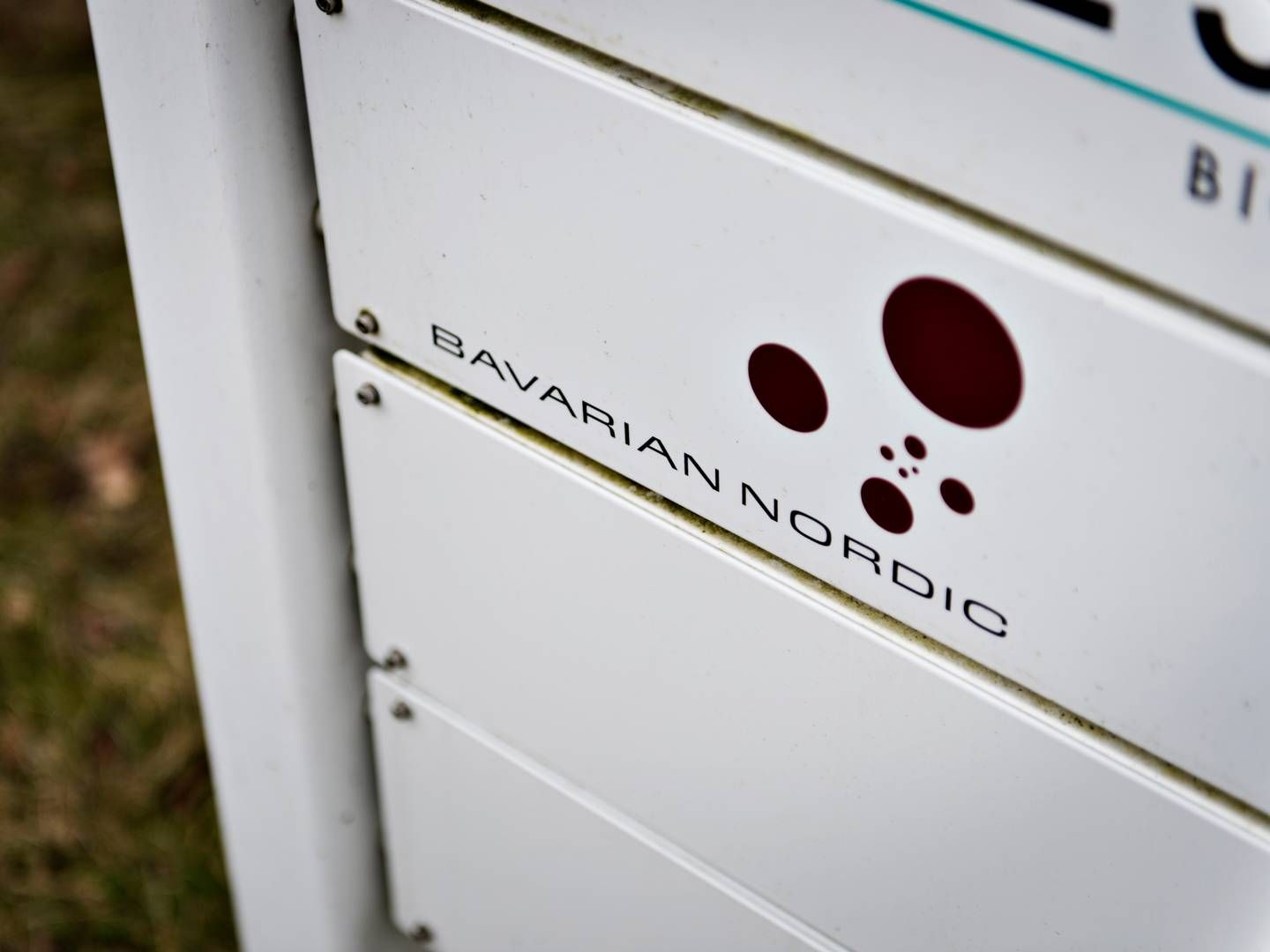


.jpg&w=384&q=75)



